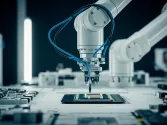Evolving robotic surgery reshapes Taiwan’s healthcare efficiency
Two decades of robotic-assisted innovation have boosted surgical precision across Asia.
Robotic-assisted surgery (RAS) has revolutionised Taiwan’s healthcare landscape, improving surgical outcomes, reducing costs, and driving international collaboration, according to Prof. Jacob Pang, Urologist at Chang Gung Memorial Hospital.
“This is a very important technology that has advanced our medical care and bring a very high impact for our patient and our surgical skill and technology advancement,” said Prof. Pang. Taiwan adopted RAS about 20 years ago, initially facing skepticism and technical limitations.
“At that time when it started, not many people could accept it, or some people may feel skeptical about this and have some doubt whether this really can bring a benefit to patients,” he recalled. “The old machine is even bigger than this one, so they are not so smooth, and the articulation still has a lot of room to improve.”
After two decades of technological evolution, RAS systems have become smaller, more efficient, and more widely adopted across multiple specialties. “Now we can use it in many, many surgical procedures,” Pang said. “This robotic system can help us to do more complex cases that we cannot do in a minimal invasive way. So it's really changed the surgical and also the whole medical field.”
He also emphasised the role of cross-border cooperation in robotic medicine. “We have collaborated with Regency and many, many hospitals around this region. We can share experiences, invite them to come to our hospital to have training and observe our surgery.”
Looking ahead, Pang highlighted the promise of tele-surgery and AI. “We have seen doctors in China do robotic surgery in Indonesia, and also across the Atlantic,” he said. “With a lot of advancement in technology, I believe we can make surgery easier, more accessible, and we can do bigger things.”


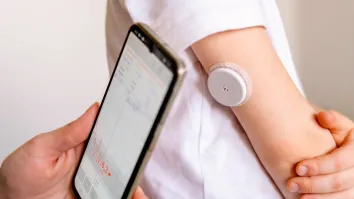


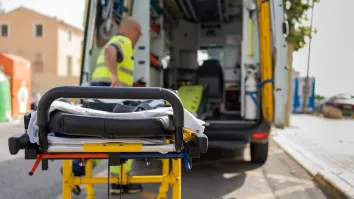
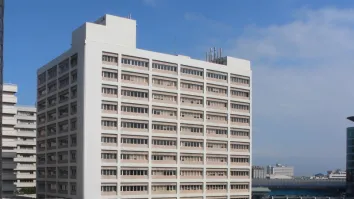

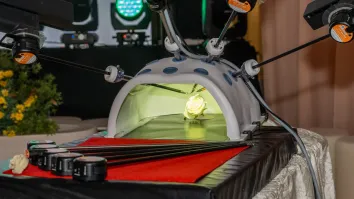
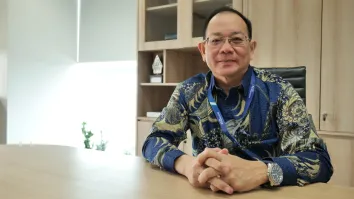

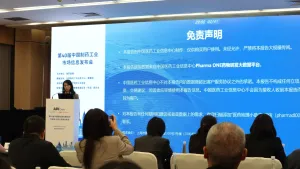
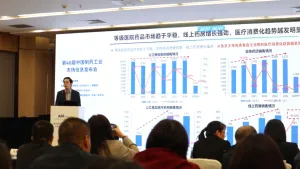
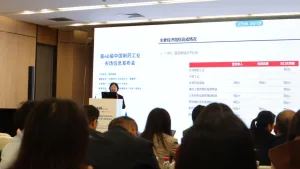
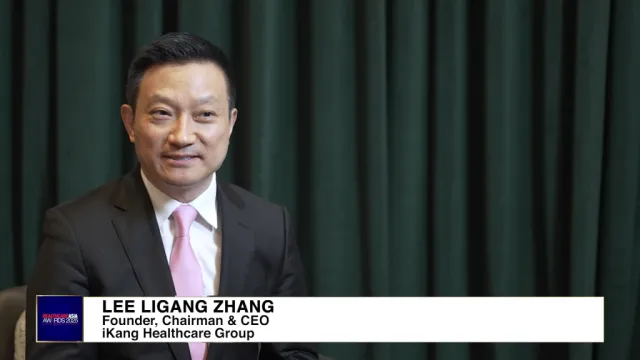



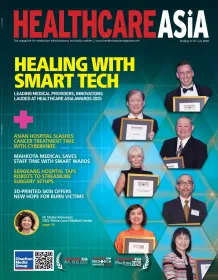
 Advertise
Advertise





